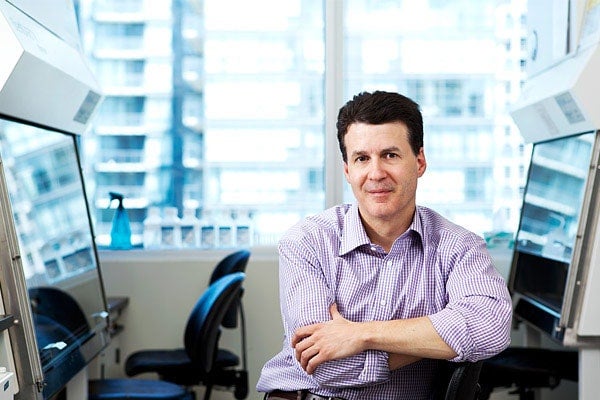
Surprising results from study of siblings with autism
Published: January 29, 2015
A new study led by researchers at the University of Toronto and The Hospital for Sick Children (SickKids) turns scientific prediction on its head.
Contrary to what was expected, researchers found that siblings with autism spectrum disorder often carry very different genetic mutations. And the news has been making headlines around the world. (Read the Globe and Mail article; read the article in Time magazine; Read the New York Times article; read the article in The Guardian.)
The study, published in the January 26 online edition of Nature Medicine, is the largest whole genome sequencing study in autism and one of the largest on any disorder to date. The research highlights the fact that there is significant genetic diversity in autism; it also emphasizes the need to do whole genome sequencing on patients in order to see their complete genetic picture.
“We already knew that there are many differences between autism cases, but our recent findings firmly nail that down. It shows that a full assessment of each individual’s genome is needed to determine how to best use knowledge of their own genetic makeup for autism treatment,” said Dr. Stephen Scherer, a professor of molecular genetics and director of the McLaughlin Centre at U of T. He is also a senior scientist and director of the Centre for Applied Genomics at SickKids.
The study finds that siblings with autism spectrum disorder often carry different genetic mutations. This image shows the global positioning of genetic variations across the chromosomes in unidentified individual with autism.
Researchers analyzed the DNA of 85 families which each have two children with autism, with a total of 170 individuals with autism. Using the revolutionary technology of whole genome sequencing, they found genetic mutations that were previously missed using techniques like exome sequencing and microarrays, which only look at parts of the DNA.
“We believe each child with autism is like a snowflake; one is unique from another. Surprisingly, our research found that in more cases than not, even siblings can have two different ‘forms’ of autism,” said Scherer. “This research has larger implications for the field of genetics. This means we cannot just look at parts of the DNA if we want to fully understand the underpinnings of autism and other disorders – we need to analyze the entire genome.”
The data collected for this study is an important first step in a much larger international initiative by Autism Speaks in collaboration with Google. The project, called MSSNG, is being led by Scherer and his team. The goal is to sequence the genomes of 10,000 families with autism, and store all the data in an open-source research platform – Google Cloud Platform – so it is accessible to researchers around the world. Data from this project is the first to be stored in the MSSNG project cloud, and this is the first time ever that research data is being made broadly available in a cloud-based platform for scientists to share and work from.
“By using the cloud to make data like this openly accessible to researchers around the world, we’re breaking down barriers in a way never done before,” said Robert Ring, chief science officer of Autism Speaks and co-author on the paper. “As always, our goal at Autism Speaks is to accelerate scientific discovery that will ultimately improve the lives of individuals with autism at home and around the world.”
This study not only underscores the importance of whole genome sequencing as a diagnostic tool for autism but also for other common complex diseases, said Dr. Bartha Knoppers, Canada Research Chair in Law and Medicine and director of the Centre of Genomics and Policy at McGill University.
“The cloud-based platform for researcher access from all fields is exemplary,” Knoppers said.“We can only hope that the importance of this approach will be recognized by policymakers and health care systems.”



